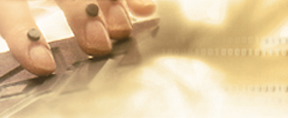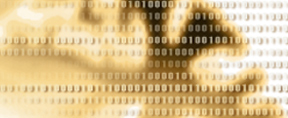Zdenek Halata and Klaus I. Baumann
The human hand is a complex organ serving the functions of grip and touch. The mechanoreceptors of the hand can be categorised into those located within skin and subcutaneous tissues and those associated with joints and muscles providing the central nervous system with information about position of movement of hand and fingers. In addition to mechanoreceptors there are numerous free nerve endings reacting to thermal and/or painful stimuli generally referred to as polymodal nociceptors. They are found in the connective tissue of the locomotion apparatus as well as the skin and even enter the epidermis. Morphologically these are terminal branches of afferent nerve fibres without any specific structures around these ‘free’ nerve endings in marked contrast to the different types of mechanoreceptors.
Mechanoreceptors of joints
Joints are surrounded by mechanoreceptors in the connective tissue forming the joint capsules. The first type – Ruffini corpuscle – is found in the outer fibrous layer (membrana fibrosa) of the joint capsules. A Ruffini corpuscle consists of one or several cylinders formed by flat perineural cells and is supplied by one myelinated axon (5–10 μm diameter) loosing its myelin sheath on entering the cylinder and branching several times (Fig. 1). Each branch is covered incompletely by terminal Schwann cells anchoring between the fibrils with differently shaped nerve terminals. The nerve terminals contain accumulations of mitochondria and empty vesicles. Free surfaces are coved by basal lamina of the terminal Schwann cells. The longitudinal axis of the cylinders measures approximately 200–300 μm and follows the direction of the collagen fibrils in the fibrous layer of the joint capsule. Structurally the Ruffini corpuscles of the locomotion apparatus are identical with those of the skin. Functionally Ruffini corpuscles were found to respond with high sensitivity to stretching of the collagen fibres. The discharge pattern of the action potentials is slowly adapting with very regular interspike intervals during maintained stimulation [1].
...
<link>contents «Human Haptic Perception», Grunwald (Ed.)
<link>« Haptics in the United States before 1940
<link>» Physiological mechanisms of the receptor system
<link>references: Anatomy of receptors
<link>references: chapters, <link>all





